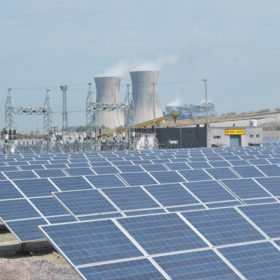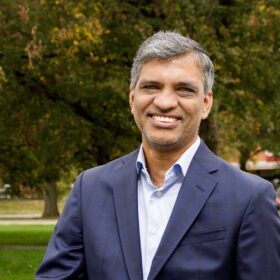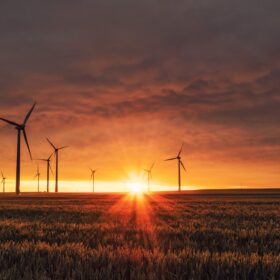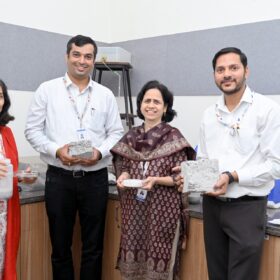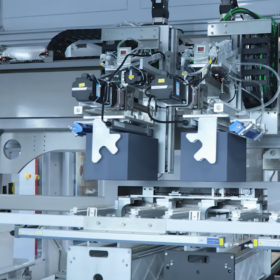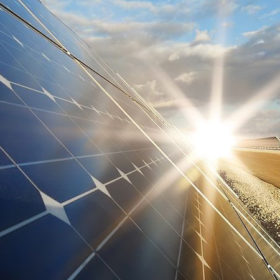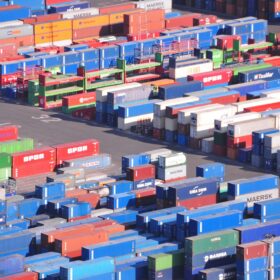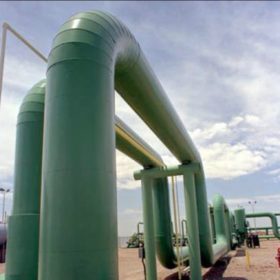From waste to wealth: Circular strategies driving a sustainable India
The promise of India’s circular economy lies in its ability to turn environmental challenges into engines of growth. Achieving it will take investment, innovation, and clear ways to measure progress.
India needs targeted public finance to scale green steel: IEEFA
The country’s planned steel capacity expansion presents an opportunity to adopt cleaner technologies if supported by the right financing pathways.
Green hydrogen is changing the face of the steel industry in India
Green hydrogen is not just an energy alternative, it’s an industrial revolution in motion. For India’s steel industry, it offers a chance to rewrite the script: from being one of the largest emitters to becoming a global model for sustainable growth.
Unlocking renewable energy in Chhattisgarh
Chhattisgarh’s energy sector received over INR 16,672 crore in government support in fiscal year 2024, with fossil fuel subsidies outweighing clean energy support four times. Clear net-zero targets can help government revenues shift from fossil to clean energy, says an analysis by the International Institute for Sustainable Development and Swaniti Initiative.
Jharkhand can emerge as a front-runner in India’s low-carbon transition
Jharkhand’s vast renewable energy potential, combined with its industrial base and critical mineral reserves, positions the state to emerge as a hub for low-carbon manufacturing, ranging from EVs, solar panels and battery energy storage systems (BESS) to green hydrogen production.
Asian solar companies meet France’s carbon rules for reduced residential VAT
Chinese manufacturers such as JinkoSolar and DMEGC Solar have launched low-carbon PV modules that comply with France’s 530 kgCO₂eq/kWp threshold for residential systems eligible for a 5.5% value-added tax (VAT) rate, with more compliant products expected.
“Placing Scope 3 emissions at the center of a corporate net-zero strategy ensures true lifecycle accountability”: GNFZ CEO
Mahesh Ramanujam, CEO of the Global Network for Zero (GNFZ), discusses why Scope 3 emissions must be at the core of any corporate net-zero strategy. He also explores the evolving global and Indian regulatory landscapes, the role of independent certification in ensuring accountability, and shares a real-world case study of how GNF helped an organization design or implement a customized pathway to tackle Scope 3 emissions.
COP30: What’s at stake for carbon markets
Carbon markets operate on trust: stakeholders must believe that the emission reductions credited are real, measurable, and permanent. Inconsistent methodologies, poorly monitored projects, and a lack of transparency have undermined confidence in certain markets. As discussions advance at COP30 in Belém, establishing universally accepted standards and accountability frameworks will be essential.
ACME Group, Vietnam’s Stavian Industrial Metal sign long-term supply deal for green HBI and DRI
ACME Group and Vietnam’s Stavian Industrial Metal have executed a binding term sheet for long-term sale and purchase of 0.8 MTPA of green HBI (Hot Briquetted Iron) and DRI (Direct Reduced Iron)—two critical raw materials used in steelmaking—for a period of ten years.
MIT-WPU researchers develop scalable solar PV waste recycling process
Researchers at MIT World Peace University (MIT-WPU) have developed an innovative process that not only enables recovery of valuable materials from end-of-life solar panels but also upcycles non-recoverable fractions into construction materials such as bricks, blocks, and aggregates. This dual approach prevents hazardous waste from entering landfills while reducing dependence on virgin raw materials.



